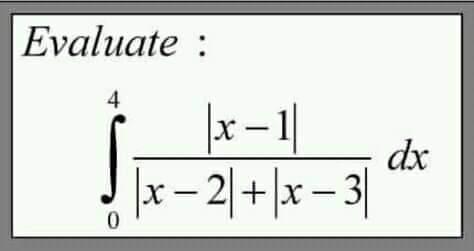
AllQuestion and Answers: Page 1613
Question Number 48121 Answers: 0 Comments: 3
Question Number 48118 Answers: 0 Comments: 0
Question Number 48117 Answers: 0 Comments: 0
Question Number 48113 Answers: 2 Comments: 0

Question Number 48111 Answers: 1 Comments: 0
Question Number 48105 Answers: 1 Comments: 2
Question Number 48104 Answers: 1 Comments: 0
Question Number 48103 Answers: 0 Comments: 0
Question Number 48091 Answers: 1 Comments: 2

Question Number 48090 Answers: 1 Comments: 0

Question Number 48078 Answers: 1 Comments: 0

Question Number 48075 Answers: 1 Comments: 1
Question Number 48068 Answers: 1 Comments: 1
Question Number 48067 Answers: 0 Comments: 1
Question Number 48066 Answers: 1 Comments: 4
Question Number 48065 Answers: 0 Comments: 1
Question Number 48064 Answers: 1 Comments: 1
Question Number 48063 Answers: 0 Comments: 0
Question Number 48062 Answers: 0 Comments: 0
Question Number 48057 Answers: 2 Comments: 1

Question Number 48052 Answers: 2 Comments: 1

Question Number 48050 Answers: 1 Comments: 1

Question Number 48055 Answers: 2 Comments: 6
Question Number 48043 Answers: 0 Comments: 1
Question Number 48042 Answers: 0 Comments: 1
Question Number 48040 Answers: 0 Comments: 1
Pg 1608 Pg 1609 Pg 1610 Pg 1611 Pg 1612 Pg 1613 Pg 1614 Pg 1615 Pg 1616 Pg 1617
